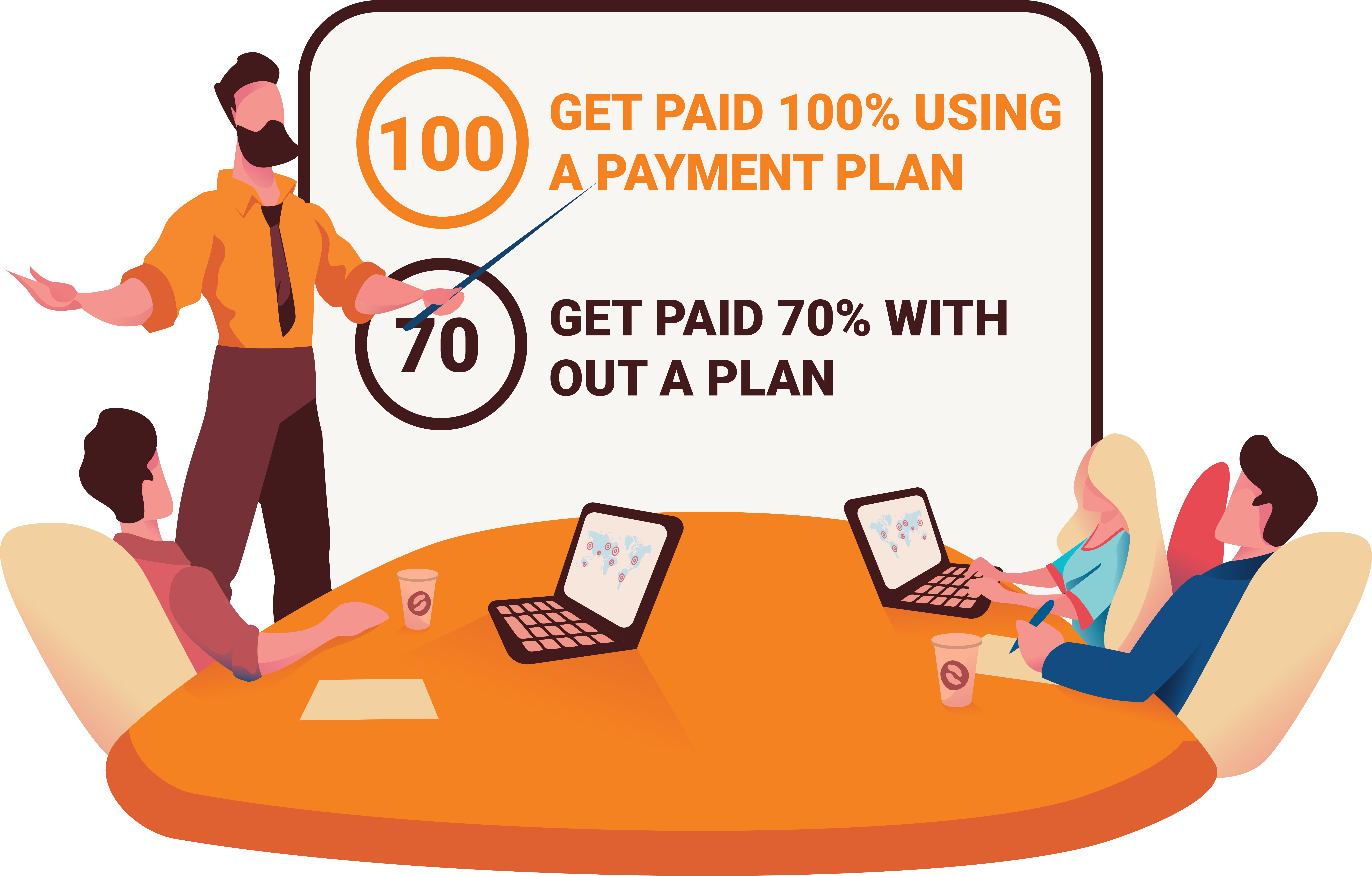Are Patient Payment Plans the Future of Healthcare Finance?

The soaring costs of healthcare have become a significant barrier to accessing necessary medical treatment for millions of Americans. A staggering number of individuals report delaying or avoiding care due to financial concerns. This affordability crisis not only impacts patients but also poses a substantial challenge to healthcare providers, who often struggle with unpaid medical bills that strain their operations and financial stability.
Implementing patient payment plans presents a realistic solution to this complex issue. By offering flexible and affordable payment options, healthcare providers can enhance patient satisfaction, improve their financial performance, and contribute to a more equitable healthcare system.
Advantages of Offering a Patient Payment Plan
Whether you’ve been considering payment plans for a while, or you’re just beginning to research your options, here are some of the benefits of patient payment plans.
It allows patients to pay on terms that work for them

In an ideal world, patients would pay what they owe as soon as they get their bills. Unfortunately, that’s not the world we live in—and most healthcare providers would prefer some portion of the amount owed rather than nothing at all.
Offering patient payment plans makes it easier for patients to break down large payments that may feel insurmountable into smaller payments that are more manageable over time. The same patient who discards a billing statement knowing they can’t pay it may be ready and willing to participate in a payment plan that allows them to cover the cost of their treatment without having to come up with a lump sum of money all at once.
Modern billing systems make patient payment plans easy to implement
There’s a lot to juggle when managing a medical practice or healthcare system, which means many billing managers are hesitant to add yet another piece of software or system to their plates. The good news is that today’s billing systems make payment plans easier than ever—in fact, there are all-in-one solutions on the market that handle both statements and payment plans.
With modern billing tools, providers can easily create customized payment plans that meet their patient’s needs and preferences, as well as send out automated reminders via text, email, or paper when payments are due. There’s no need to sign up with a bank or credit provider when you already have all the tools you need at the ready.
Payment plans improve patient experience
Having a patient payment plan in place can help create a positive experience for your patients. Most people want to pay what they owe and value the care you provide. By streamlining the billing process and making it more convenient, you can alleviate some of the anxiety and stress associated with paying (and anticipating) medical bills.
Additionally, offering payment plans shows that you care about your patients’ financial well-being and are willing to work with them to ensure they get the treatment they need. It demonstrates that your practice puts the health of your patients first.
Improves practice cash flow
For practices that deal with a high volume of out-of-pocket expenses or that have a large proportion of patients who struggle to pay their medical bills, payment plans can significantly improve your cash flow. Rather than waiting for complete payments or working with patients on a case-by-case basis, you’ll have a steady stream of payments each month without additional work on your end.
Payment plans also offer a more predictable cash flow for any medical practice, allowing you to project from month-to-month the number of payments that are incoming. This helps you ensure that your practice is always able to meet its financial obligations.
Payment plans attract potential patients
Offering payment plans isn’t only beneficial for current patients; it can also be helpful in attracting new patients. Having flexible payment options shows that you are willing to work with people of all financial backgrounds and makes it easier for them to access the care they need. For many patients, this can be a deciding factor in choosing a healthcare provider.

How to Implement a Patient Payment Plan System
The first step in implementing a patient payment plan system is to choose a secure billing software that can easily manage and track payments. Make sure the system has automated payment reminders to help keep patients on track with their payments, and take some time to test the system from both your end and the patients’ end to ensure an intuitive interface and optimal user experience.
Once you’ve chosen a system, here are some additional steps to take for seamless implementation:
Let your patients know about your payment plan options
The advantage of offering a payment plan system is that your billing team will no longer have to work with patients one-on-one to arrange installment plans. Once you’ve got a system in place, make sure you announce to all of your patients that you’re now offering payment plans and provide instructions on how they can enroll. Don’t wait until a patient comes to you asking for their options; be proactive.
Consider sending out email newsletters or postcards that explain the benefits of a patient payment plan and how it can help make medical bill payments more manageable. Offer leaflets at the front desk, or consider hanging posters where patients will see them.
Offer a variety of options
It’s also important to offer a variety of payment options. This can include monthly payments, weekly payments or even payments timed to coincide with a patient’s pay day. Having multiple options available makes it easier for patients to choose the plan that best fits their budget and needs, and it empowers your patients to feel like they’re in control of the process.
Accept mobile payments
Mobile payments are becoming increasingly popular and make it easier for patients to pay their bills on the go. Offer options like text-to-pay, Google Pay, Apple Pay, Venmo, and Zelle in addition to the standard cash, credit, and debit card options.
Keep payment information on file
Establish clear policies for late payments
Even with affordable payment plans and payment information on file, some patients will still miss their planned payments. For this reason, it’s important to establish clear policies for late payments. Make sure your patients understand the consequences of not paying on time when they sign up for their payment plans.
Learn More About Patient Payment Plans
Offering payment plans is a great way to improve your patient experience and boost your practice’s bottom line. By taking the time to set up a payment plan system, you can make billing more manageable for both you and your patients. With MailMyStatements modern payment solutions, your practice’s financial operations will run smoothly, and your patients will have peace of mind knowing they’ll be able to access the healthcare they need.
MailMyStatements is a technology-driven patient statement and payment vendor that offers managed billing needs from patient text payment reminders to statement design. Get in touch with us today to learn more about our various solutions to help increase patient collections.
Related Posts

Leveraging AI to Predict Patient Payment Behaviors
The application of artificial intelligence (AI) in patient payments demands a data-driven strategy. Initial enthusiasm…

8 Reasons Your Patients Aren’t Paying Their Medical Bills
Healthcare providers and billing professionals frequently encounter challenges with outstanding patient accounts. A significant portion…

3 Strategies to Increase Patient Financial Literacy
One of the top concerns for healthcare practice managers and billers is getting patients to…
